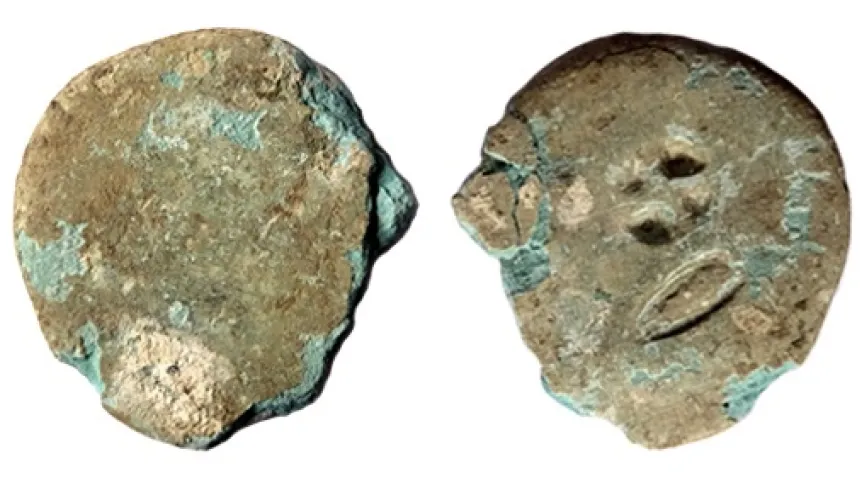
In the early 2nd century CE, soldiers from Legio X Fretensis, known for their bloody suppression of Jewish uprisings, were also stationed on the Black Sea, in the Roman fort Apsaros in Colchis, Polish researchers have found. Until now scientists did not know traces of their presence in such a remote area.
The discovery was possible thanks to the analysis of hundreds of bronze coins found during excavations. On some of them, archaeologist and numismatist Dr. Piotr Jaworski from the Faculty of Archaeology of the University of Warsaw noticed additional stamps, referred to by experts as countermarks.
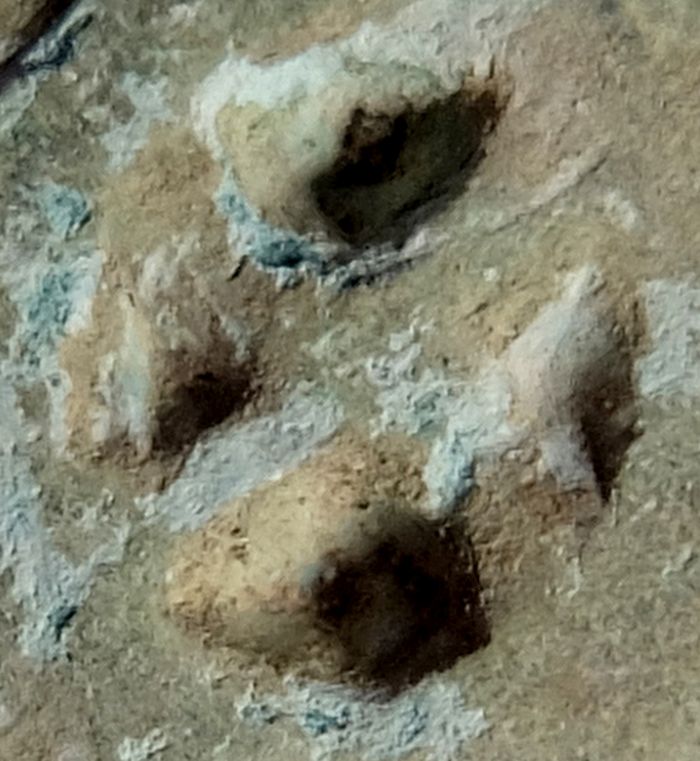
“They were used to 'extend the life' of the coins, when the original stamps were almost invisible after several decades of use. In this case, the countermarks belonged to Legio X Fretensis,” says Dr. Jaworski.
Most of the coins came from Syrian Antioch and Judea, but archaeologists also came across an insurgent coin from the fourth year of the First Jewish War.
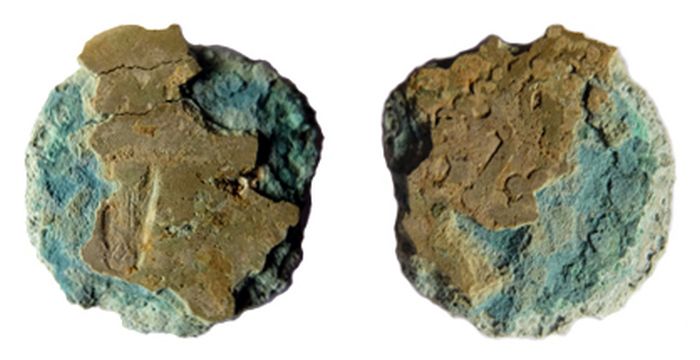
“It ended up in the hands of the Romans, perhaps after the capture of Masada along with the entire Jewish treasury. Then they marked them with their countermarks. This example shows the Roman principle of pecunia non olet, meaning money does not stink. The fight for Masada was very bloody, and its defenders ultimately committed group suicide,” says Dr. Jaworski.
How did the coins end up by the Black Sea? According to the scientist, the legionnaires took them with them during the war with the Parthians during the reign of Emperor Trajan at the beginning of the 2nd century CE.
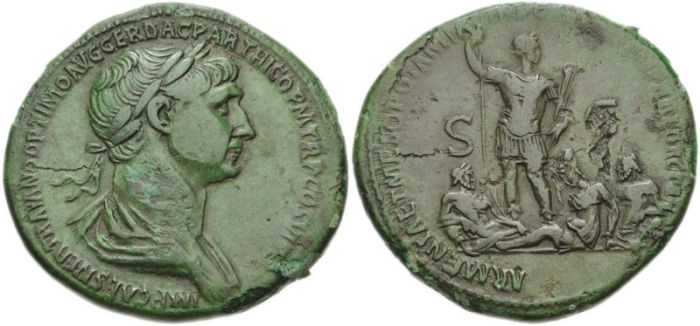
“Until now, we have had sources mentioning the presence of this legion in the camp in Satala (now Sadak in Turkey - PAP), where Trajan arrived from Antioch with his army,” says Dr. Jaworski. This place is located about 250 km south-west of Apsaros in a straight line.
Thanks to the analysis of the coins, evidence was found of the northernmost presence of this legion.
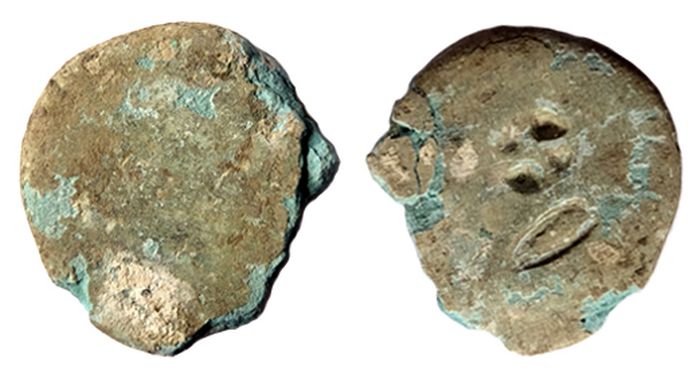
“The only time in the history of the war when the troops of this legion could be in Apsaros was in the winter of 114. Trajan returned to Syria for a while, but left troops in Armenia and the southern Caucasus to wait out the winter there. A further offensive towards Mesopotamia was launched in 115,” says Dr. Jaworski.
The expert pointed out that the Parthian War took place in a 'critical time' during the existence of the Roman Empire. This war was well prepared, and as a result, admittedly for a short time, two new provinces were added to the empire - Armenia and Mesopotamia. Never after was the empire so huge in terms of its territory.
“Along with the legions, wagon trains also went north, carrying merchants, craftsmen and carrle herds,” says Dr. Jaworski.
Local coins were not minted in Colchis, so the legionnaires used their own coins when purchasing wine or bread. Several hundred coins found by archaeologists in Apsaros had been lost by their owners.
“Their number should not be a surprise. They were small denominations used every day to buy food or services. One coin of this type would buy entrance to the baths,” Jaworski adds. It was the equivalent of the Roman semis.
At that time, the fort must have been crowded, because - according to Dr. Jaworski - several cohorts, i.e. from several hundred to several thousand soldiers could be stationed there.
Apsaros existed for about 200 years, until the middle of the 3rd century, the time of the Boran invasions of Colchis. Its reactivation took place 300 years later under Emperor Justinian, in the 6th century, when he fought the Sassanids. The present walls, visible at the archaeological site, most likely date from the latter period.
The findings were made as part of research led by Dr. Radosław Karasiewicz-Szczypiorski from the Polish Centre of Mediterranean Archaeology of the University of Warsaw. The Georgian side is represented by Professor Shota Mamuladze from the Cultural Heritage Preservation Agency of Ajara.
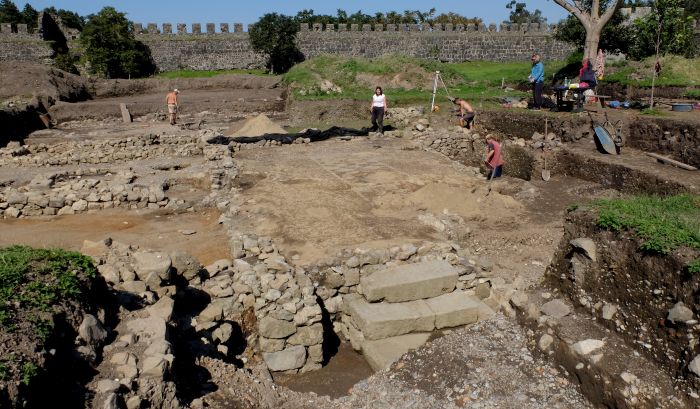
Apsaros is today's Gonio, located next to the holiday resort Batumi in western Georgia. A number of significant discoveries have already been made during the research project, including the floor mosaic in the ruins of the garrison commander's house. This is a unique discovery in Georgia. Today, Gonio is one of the major tourist attractions near Batumi.
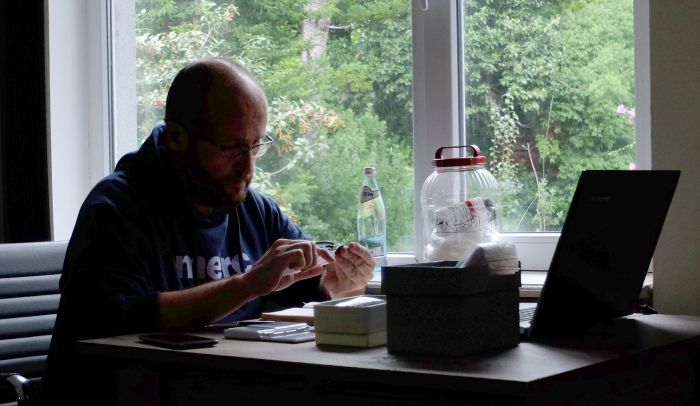
Apsaros (as the fortress was known among the ancients), was built approx. 2,000 years ago on the border of the Roman province of Cappadocia. Due to its strategic location, the fort had an important role in the defence system of the eastern borders of the Roman Empire. Today, picturesque ruins remain. Only fortifications are well preserved. Their interior is mostly an empty space with some outlines of the foundations of old buildings. Near the fortress there once was the only convenient road from Colchis (Western Georgia) to the Roman provinces in Asia Minor.
PAP - Science in Poland, Szymon Zdziebłowski
szz/ zan/ kap/
tr. RL













